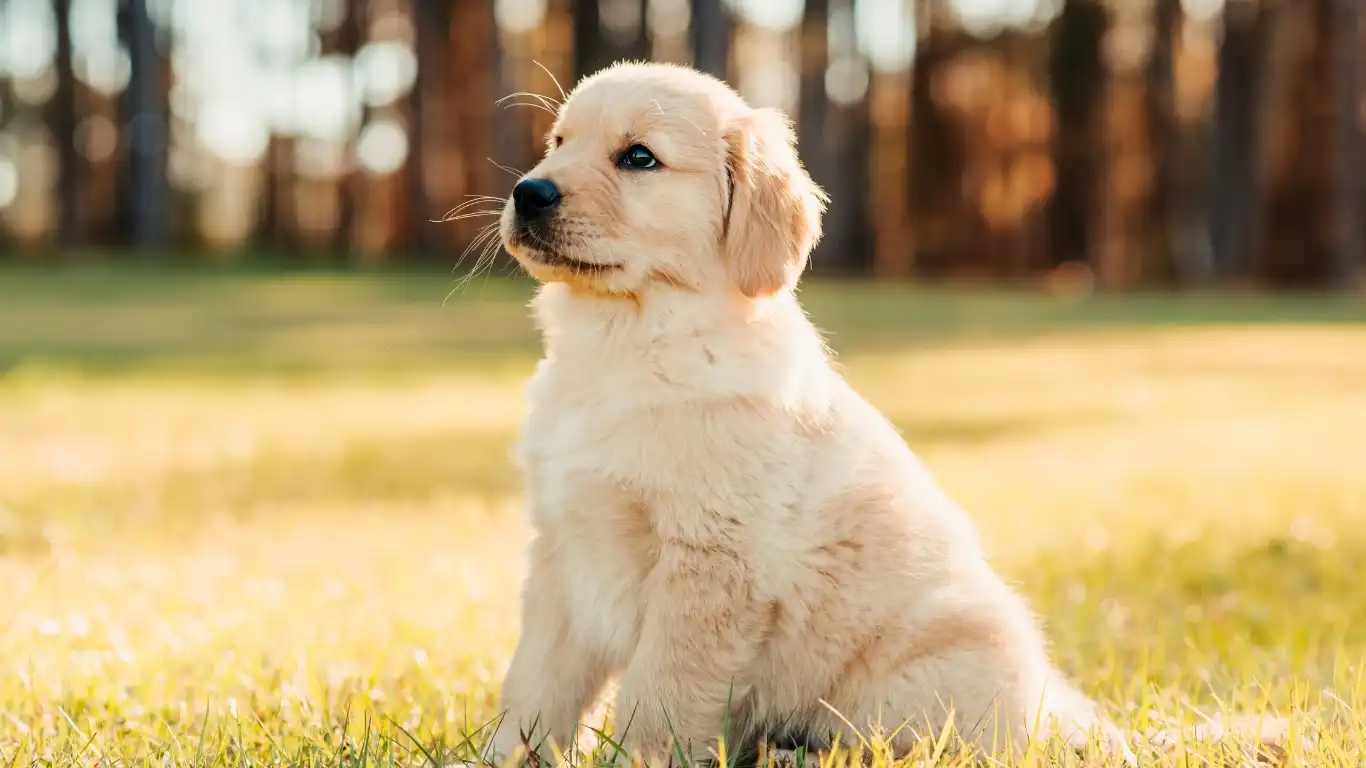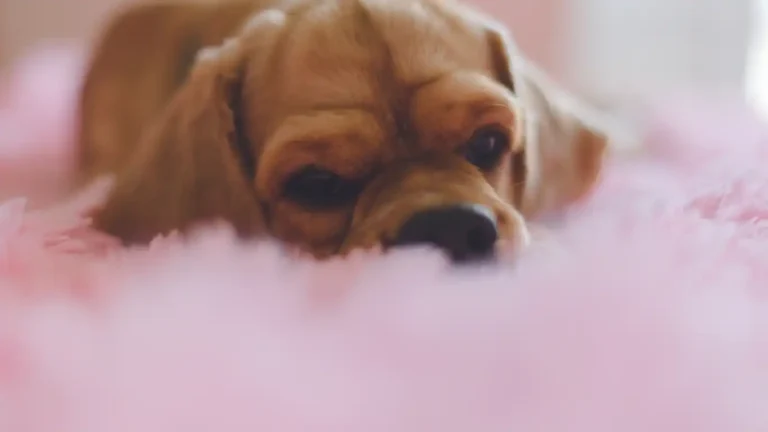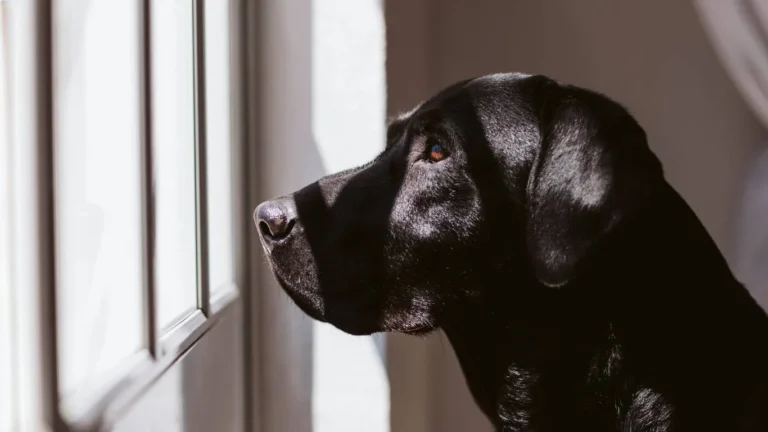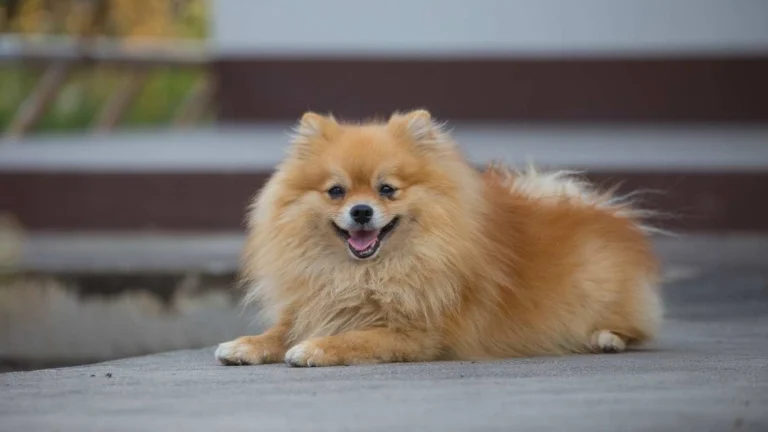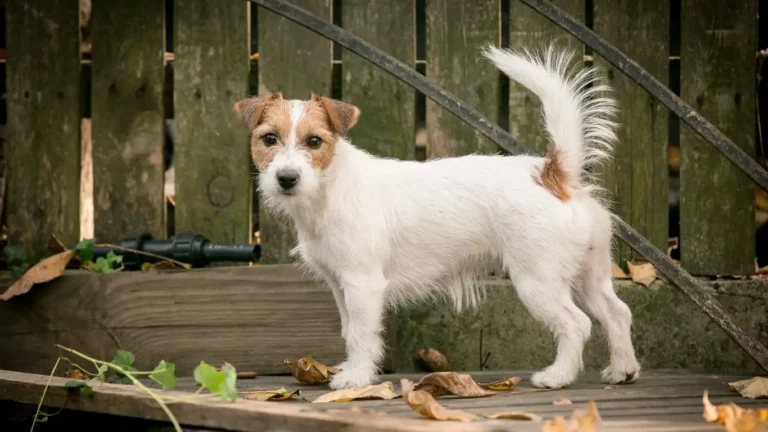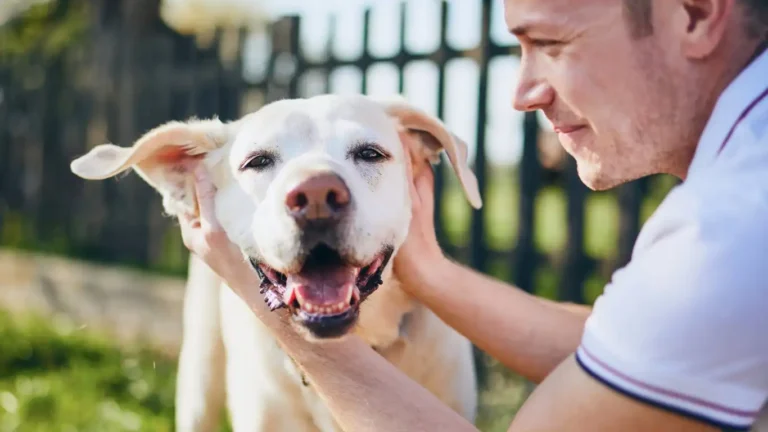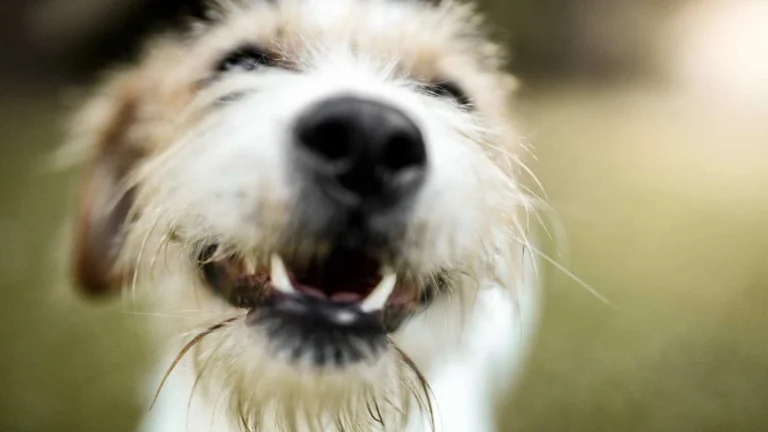Essential Guide: How to Care for a Dog During Shedding Season Easily
Hey there! If you’ve ever owned a dog, you know that shedding season can feel like living inside a fur storm. But how to care for a dog during shedding season isn’t just about dealing with the mess—it’s about keeping your furry friend comfortable, healthy, and happy through the whole process. From my years as a Veterinary Technician specializing in nutrition, I’ve seen firsthand how proper care during shedding can make a huge difference in your dog’s coat and overall wellbeing. So, let’s dive into some practical tips and tricks to help both you and your pup breeze through shedding season without the stress.
Understanding Shedding Season: What’s Happening with Your Dog’s Coat?
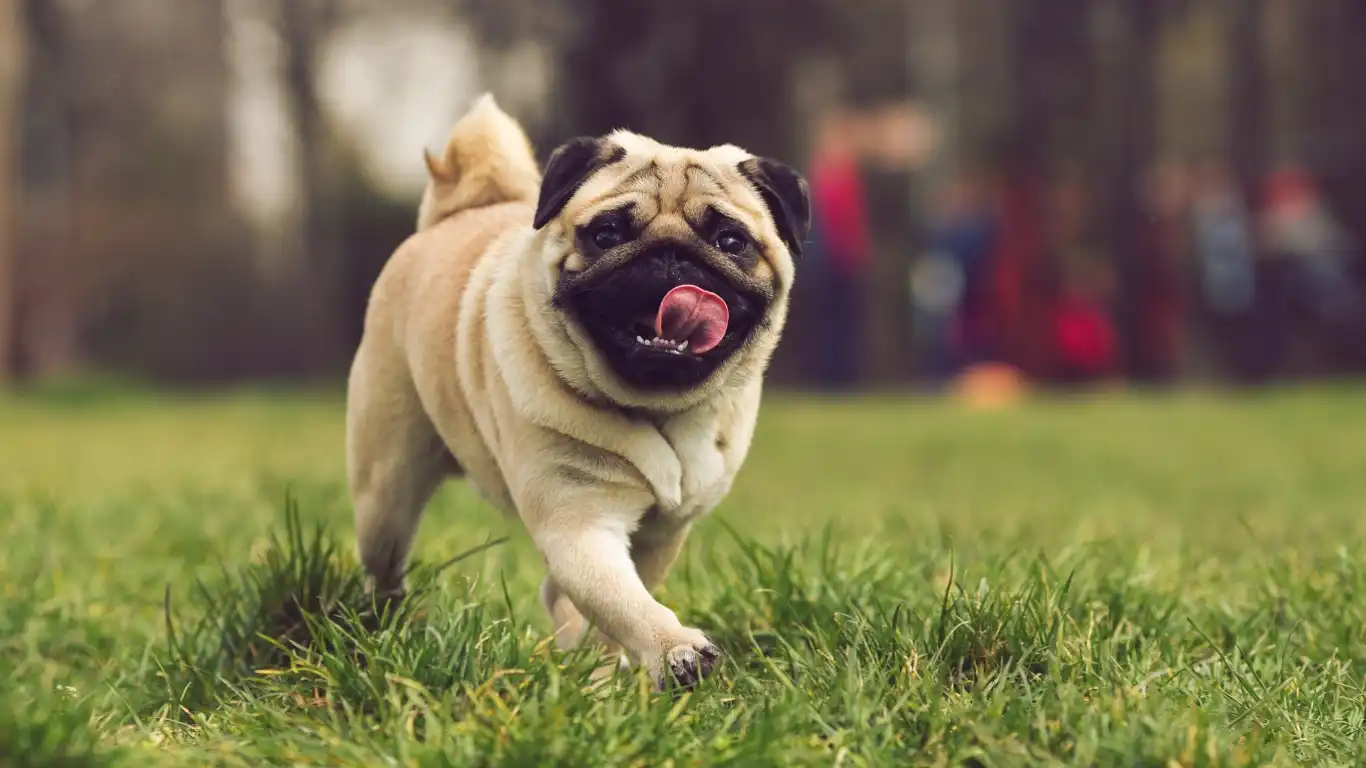
Before jumping into care routines, it helps to understand why dogs shed in the first place. Shedding is a natural process where your dog’s coat renews itself by getting rid of old or damaged hair. Typically, this happens twice a year—once in spring and once in fall—when dogs “blow their coat” to adjust to changing temperatures.
Different breeds shed differently, too. For example, double-coated breeds like Huskies and Golden Retrievers shed heavily, while breeds with single coats might shed less but still need regular grooming. When shedding season hits, you might notice more hair on your clothes, furniture, and floors than usual. It can be a bit overwhelming, but understanding the science behind shedding helps you approach it with patience and care.
Why Proper Care Matters During Shedding
In my experience, many pet owners overlook how important it is to care for their dog’s skin and coat during this time. Shedding isn’t just about hair loss; it can also signal underlying skin issues if not managed properly. Neglecting grooming or nutrition can cause dryness, itching, or even infections, which means your dog isn’t just uncomfortable—they’re also at risk of bigger health problems.
That’s why how you care for your dog during shedding season is crucial. It’s not just about keeping your home fur-free but about maintaining a healthy coat and skin barrier, preventing irritation, and supporting your dog’s immune system through nutrition.
Top Grooming Tips for Shedding Season
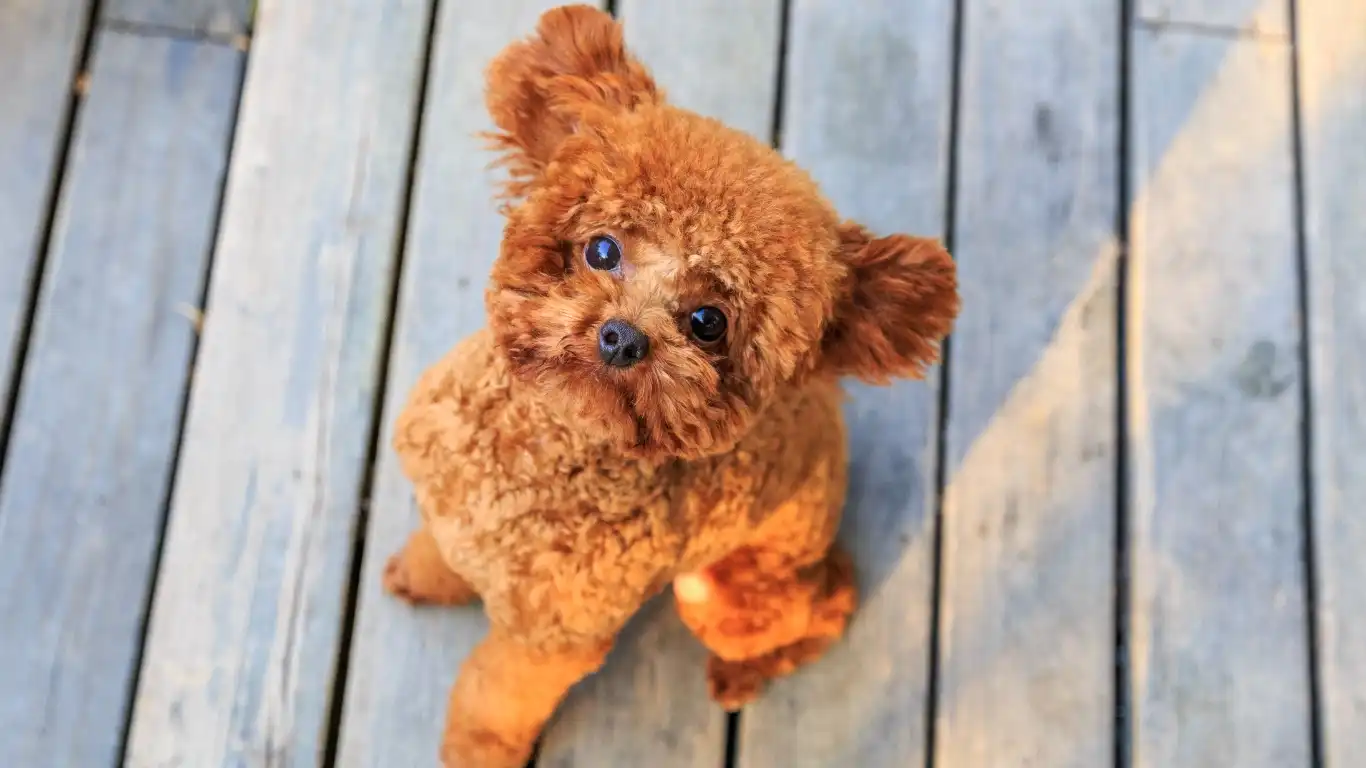
Brush, Brush, Brush
This might sound obvious, but brushing is the MVP during shedding season. Regular brushing helps loosen and remove dead hair before it falls all over your furniture and clothes. Depending on your dog’s coat type, you might use different tools—slicker brushes, undercoat rakes, or even grooming gloves.
- Daily brushing is ideal for heavy shedders to keep the loose fur under control.
- For dogs with shorter coats, brushing a few times a week usually does the trick.
- Be gentle but thorough—your dog’s skin can get sensitive during shedding.
Bathing: Timing Is Everything
Bathing your dog can help remove dead hair and keep the skin clean, but overdoing it might dry out their coat. I usually recommend bathing every 4-6 weeks during shedding season, using a moisturizing, gentle shampoo designed specifically for dogs.
Also, consider finishing with a conditioner to keep that coat soft and hydrated—this really helps reduce itchiness and breakage. And remember, a well-timed bath right after a good brushing session is a winning combo for shedding control.
Nutrition’s Role in Shedding Season
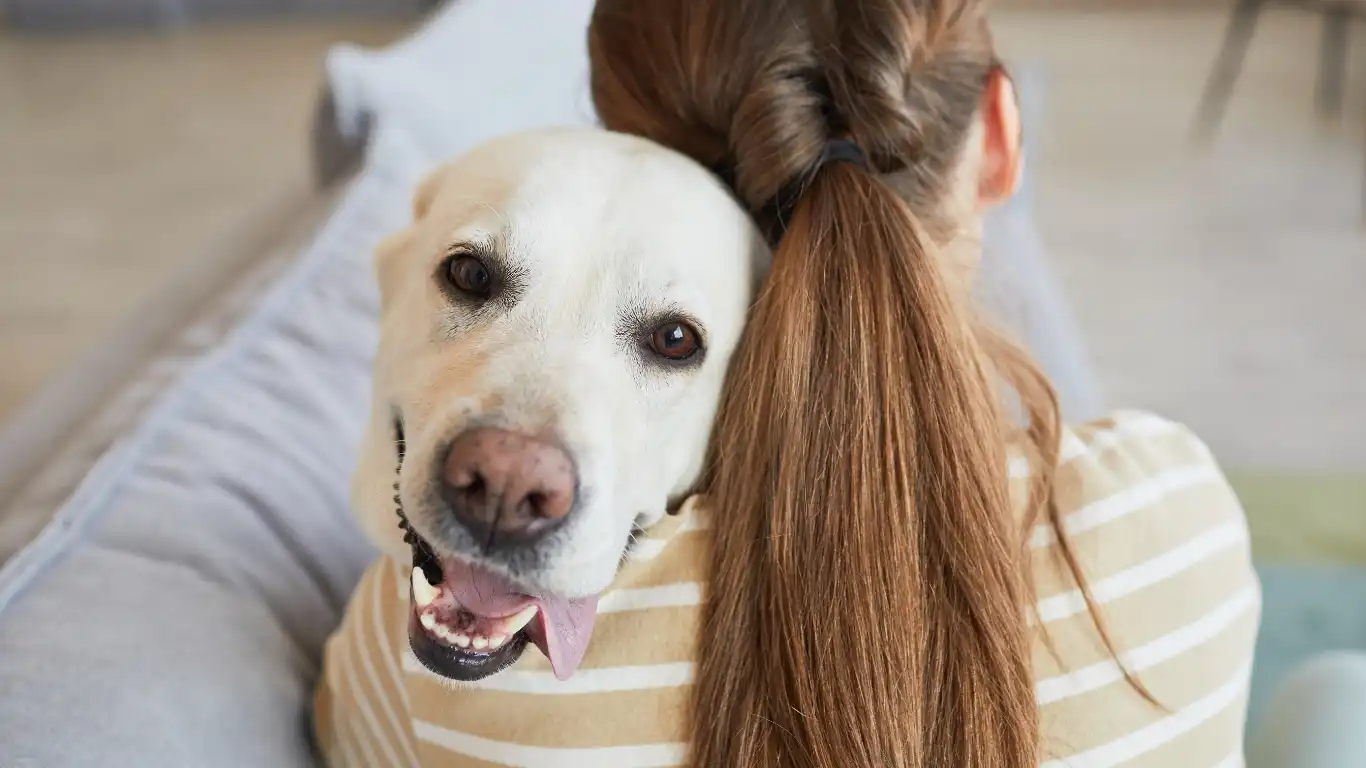
From my years working alongside vets, I can’t stress enough how much a balanced diet impacts your dog’s coat health—especially during shedding season. When you wonder how to care for a dog during shedding season, it’s not just about brushing and bathing. What goes inside your pup’s body directly shows up in their fur and skin condition.
Omega-3 and Omega-6 fatty acids are game changers here. These essential fats support skin hydration, reduce inflammation, and promote a glossy, healthy coat. In my experience, dogs with diets rich in these nutrients tend to shed less dramatically and recover faster after shedding peaks. You’ll find these fatty acids in fish oils, flaxseeds, and certain high-quality dog foods formulated for skin and coat health.
Besides fats, proteins are equally important. A diet lacking sufficient protein can lead to dull fur and increased shedding because your dog’s body doesn’t get the building blocks it needs to make new hair. That’s why I always encourage pet parents to review their dog’s nutrition with their vet or a pet nutritionist—especially if shedding seems excessive or if the coat looks unhealthy.
Supplements: Yay or Nay?
Supplements can be helpful, but they aren’t a one-size-fits-all fix. For some dogs, especially those with allergies or underlying skin conditions, adding fish oil capsules or vitamin E supplements makes a noticeable difference. However, I’ve also seen cases where supplements didn’t help much because the root issue was something else—like environmental allergies or parasites.
So, before you add anything new to your dog’s diet, chat with your vet. They can recommend the right dosage and ensure it won’t interfere with any medications or health conditions. Personal experience has taught me that an informed approach beats a “let’s just try it” mindset every time.
Creating a Shedding-Friendly Environment at Home
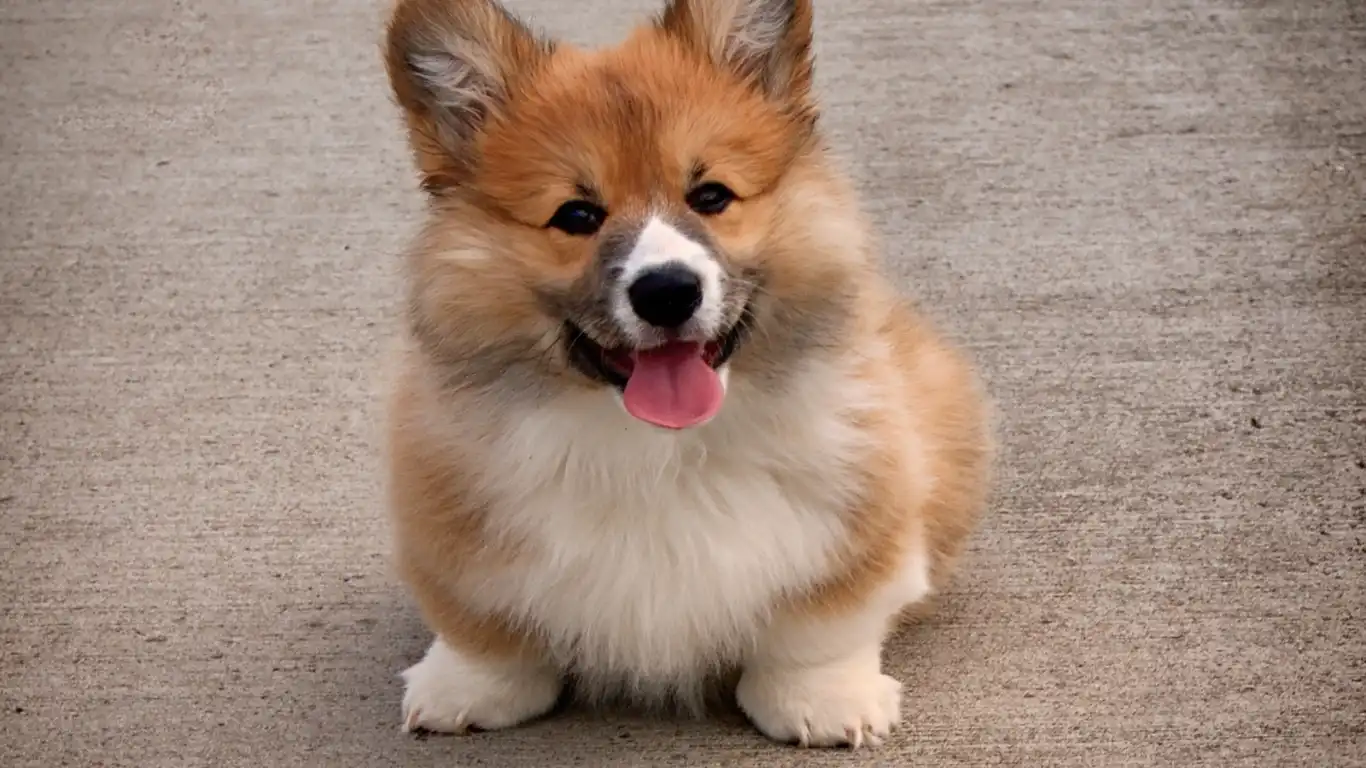
Shedding can be messy, but there are plenty of easy ways to reduce the fuzz that invades your living space. Over the years, I’ve picked up some hacks that pet owners swear by, and I’d love to share a few.
Vacuum and Clean Regularly
Frequent vacuuming is a no-brainer, but investing in a vacuum designed specifically for pet hair makes a huge difference. These vacuums have stronger suction and brushes that grab stubborn fur embedded in carpets or upholstery.
Also, washing your dog’s bedding at least once a week helps keep fur, dander, and dirt from accumulating. If your dog has favorite blankets or toys, toss those in the wash regularly, too. This simple routine can drastically cut down on airborne allergens and make your home feel fresher.
Designate a Grooming Zone
Having a dedicated space for brushing and bathing your dog makes cleanup so much easier. I’ve seen so many pet parents transform a corner of their laundry room or bathroom into a mini grooming station. That way, loose fur stays contained, and you’re less likely to spread it around the house.
- Use a washable mat or towel on the floor to catch stray hairs.
- Keep grooming tools handy so you’re not hunting for them mid-brush.
- Have a trash bin or pet hair vacuum nearby for quick cleanup.
Watch for Signs of Skin Problems
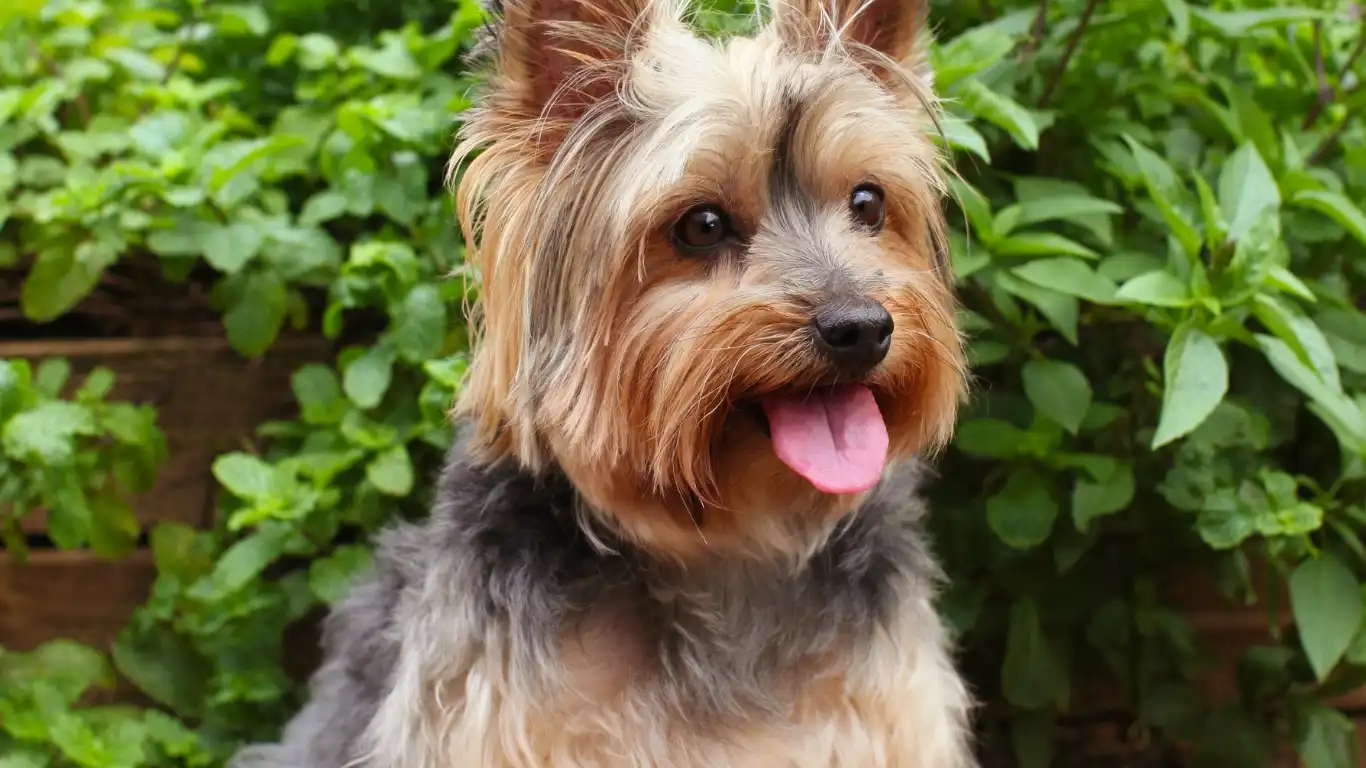
While shedding is normal, sometimes it’s a red flag for something else going on. From my time as a vet tech, one of the biggest things I emphasize is paying close attention to your dog’s skin during shedding season. Excessive itching, redness, bald patches, or flaky skin could mean allergies, infections, or parasites are at play.
If you notice any of these symptoms, don’t wait it out—get your dog checked by a vet. Early intervention can prevent discomfort and stop problems from worsening. Trust me, a little vigilance goes a long way in keeping your pup comfy and healthy.
How to Spot Trouble Early
- Scratching or licking more than usual.
- Visible redness, bumps, or sores on the skin.
- Patchy hair loss or thinning fur beyond typical shedding.
- Unpleasant odor coming from the skin or coat.
Shedding season is definitely a busy time for both you and your dog, but with the right care and a bit of know-how, it can go smoothly. Next up, I’ll share some advanced grooming tools and tips that take your dog’s coat care to the next level.
Advanced Grooming Tools and Techniques for Shedding Season
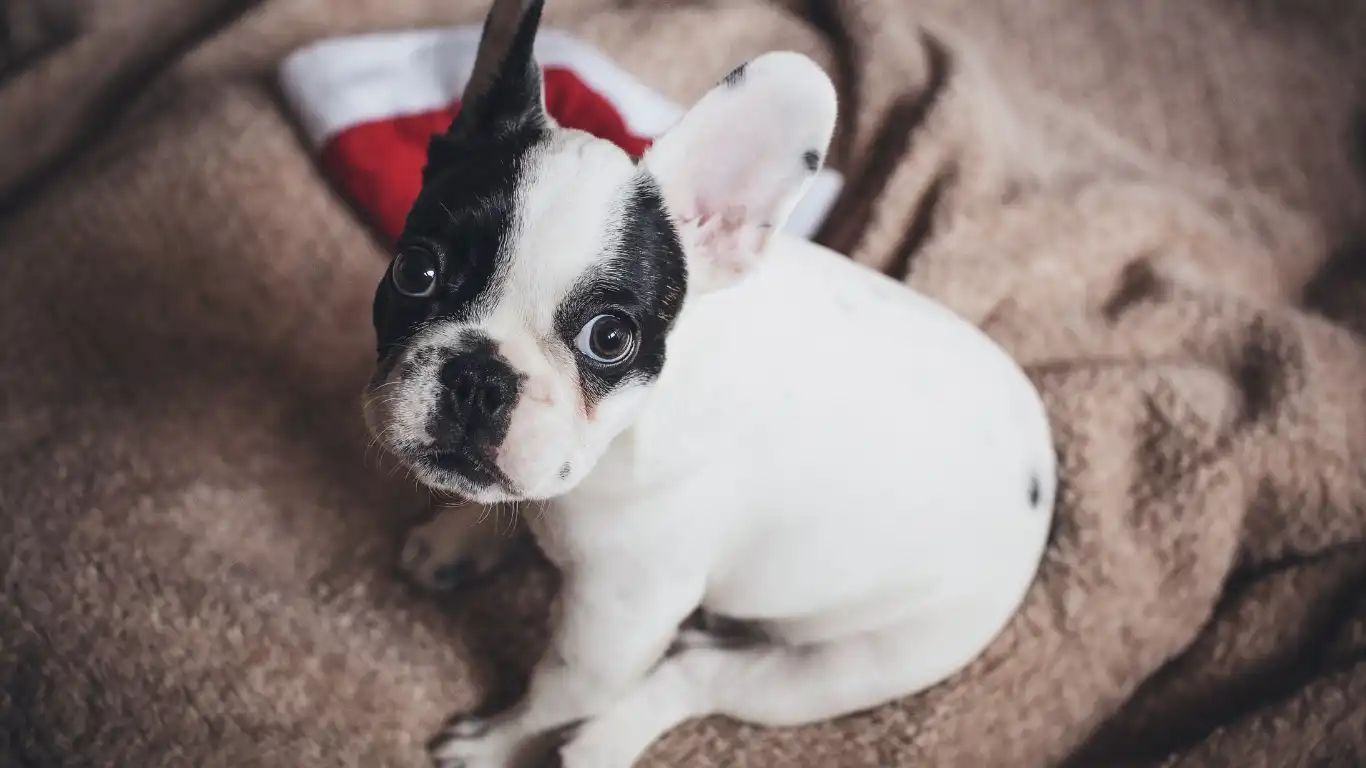
If you’ve mastered the basics of brushing and bathing but still feel overwhelmed by shedding, don’t worry—I’ve got you covered with some advanced grooming tips. Over the years, I’ve learned that the right tools can make a world of difference, especially during peak shedding.
Choosing the Right Tools for Your Dog’s Coat
Every dog’s coat is unique, so picking tools that match their specific fur type is key. For example, a slicker brush is fantastic for long-haired breeds to detangle and remove loose fur, while an undercoat rake targets the dense, dead hair beneath the topcoat in double-coated breeds like German Shepherds or Malamutes.
One of my favorite finds as a vet tech was the grooming glove—these flexible gloves let you gently rub your dog while simultaneously collecting loose hair. It’s great for dogs that don’t love traditional brushing or get anxious during grooming sessions.
Remember, consistency beats intensity. A quick 10-15 minute session every day or every other day keeps shedding manageable and helps build a positive grooming routine with your dog.
Dryer and Dematting Tools
Sometimes, the shedding fur can get tangled, especially in long-haired pups. I’ve seen many owners stress over stubborn mats that not only trap dead hair but can also cause discomfort and skin irritation. Investing in a good dematting comb or rake can help carefully break down mats without hurting your dog.
If your dog is okay with it, using a low-heat pet dryer after baths helps dry the coat thoroughly and blows away loose fur before it settles everywhere. This is a great trick I picked up during my clinic days and it works wonders, especially for thick-coated breeds.
Behavioral Tips: Keeping Your Dog Calm and Comfortable

One thing that’s easy to overlook when thinking about how to care for a dog during shedding season is the emotional and behavioral side of grooming. Shedding can be stressful for dogs, especially if grooming sessions are rushed or uncomfortable. From my hands-on experience, making grooming a calm, enjoyable experience goes a long way in keeping your dog cooperative.
Set a Relaxed Tone
Start by choosing a quiet, familiar spot free from distractions. Speak softly and offer gentle praise or treats throughout the session. This not only reassures your dog but also helps them associate grooming with positive experiences.
Take Breaks When Needed
If your dog starts to get fidgety or stressed, pause the grooming and give them a moment to relax. Short, frequent sessions are often better than long, exhausting ones—especially if your dog isn’t used to frequent grooming.
Watch for Signs of Discomfort
Pay attention to your dog’s body language: tucked tail, lip licking, yawning, or trying to escape can all be signs that they’re overwhelmed. Adjust your pace or try different tools if necessary. Trust me, patience is the secret weapon in these moments.
When to Seek Professional Help
Despite your best efforts, some dogs might need a professional groomer’s touch, especially if shedding turns into excessive hair loss or if matting gets out of hand. Professional groomers have specialized tools and expertise to safely handle tricky coats and skin issues.
Additionally, if you notice persistent skin problems or behavioral changes during shedding season, it’s always wise to consult your veterinarian. Sometimes, shedding can be a sign of allergies, hormonal imbalances, or other health concerns that need medical attention.
References
- https://www.aaha.org/ — American Animal Hospital Association
- https://www.avma.org/ — American Veterinary Medical Association
- https://www.petmd.com/ — PetMD
Disclaimer
This article is intended for informational purposes only and should not replace professional veterinary advice. If you notice unusual or severe symptoms in your dog during shedding season, please consult your veterinarian promptly for an accurate diagnosis and tailored treatment plan.
